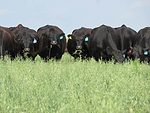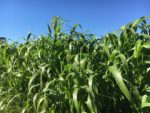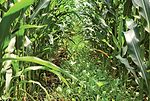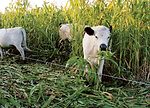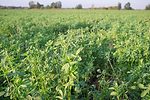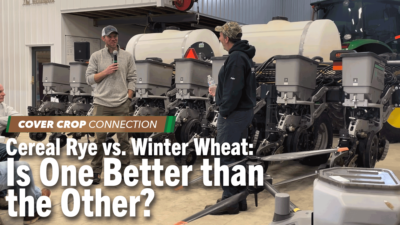Grazing
Cover Cropping for Hunting and Grazing
South Dakota cow-calf operation utilizes covers to boost hunting business and livestock grazing.
Read More
Cover Crops Fuel Minnesota Dairy’s High Milk Production
Double-cropping triticale and sorghum for silage provides additional feed for David Stelter’s Holstein herd while keeping the ground covered for better soil health.
Read More

